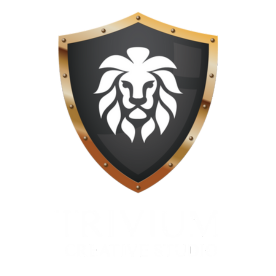“Unlock startup growth with essential tips. Master key categories for success in this comprehensive guide. Propel your business forward today!”
In the dynamic environment of startups, achieving sustainable growth demands careful planning, strategic execution, and effective leadership. To successfully navigate the challenges and opportunities inherent in scaling your startup, it’s vital to master key categories that contribute to success. Here are some tips to guide you in doing just that:
Establishing well-defined competencies for each role within your team is essential.
As your startup grows, it’s crucial to ensure that every member of your team understands their role and responsibilities clearly. Define competencies for each role, outlining the skills, knowledge, and behaviors required for success. This clarity helps team members align their efforts with company goals and promotes a culture of accountability and ownership.
Focus Promotions on Role Expansion
When promoting team members, focus on expanding the scope of their role rather than just rewarding tenure or loyalty. Encourage employees to take on new challenges and responsibilities that align with their strengths and interests. By offering opportunities for growth and development, you can motivate your team members to continuously improve and contribute to the success of your startup.
Review and Adjust!
Regularly review and calibrate your team’s performance to ensure alignment with company objectives. Evaluate individual and team performance against predefined metrics and goals, providing feedback and guidance as needed. This process helps identify areas for improvement and enables you to course-correct quickly to stay on track for success.
Effective Managerial Training: The Key to Your Organization’s Success or Failure
Effective management is critical to the success of any organization, especially in the startup environment. Invest in comprehensive training programs for new managers to equip them with the skills and knowledge needed to excel in their roles.
Key areas of focus for manager education include:
- Giving and receiving feedback: Teach managers how to provide constructive feedback that helps team members grow and develop.
- Goal setting: Train managers to set SMART (Specific, Measurable, Achievable, Relevant, Time-bound) goals that align with company objectives.
- Running effective meetings: Provide guidance on how to conduct productive 1:1 and team meetings that drive engagement and collaboration.
- Creating development plans: Help managers create personalized development plans for their direct reports, identifying opportunities for growth and skill enhancement.
- Defining company culture: Educate managers on their role in shaping and maintaining a positive and inclusive company culture.
- Understanding inclusiveness: Encourage awareness and understanding of inclusivity principles and practices, emphasizing the importance of creating a diverse and supportive work environment.
- Personal growth: Encourage managers to identify their personal blind spots and commit to ongoing growth and self-improvement.
By investing in manager training and development, startups can cultivate strong leadership, drive employee engagement, and foster a culture of continuous learning and improvement. This not only boosts how well individuals and teams perform but also makes the organization stronger and more competitive overall.
In conclusion, mastering key categories for startup growth requires a holistic approach that encompasses clear role definition, strategic promotions, performance calibration, and effective manager training. By prioritizing these areas and implementing the tips outlined above, startups can navigate the complexities of growth with confidence and achieve sustainable success in the competitive marketplace.













